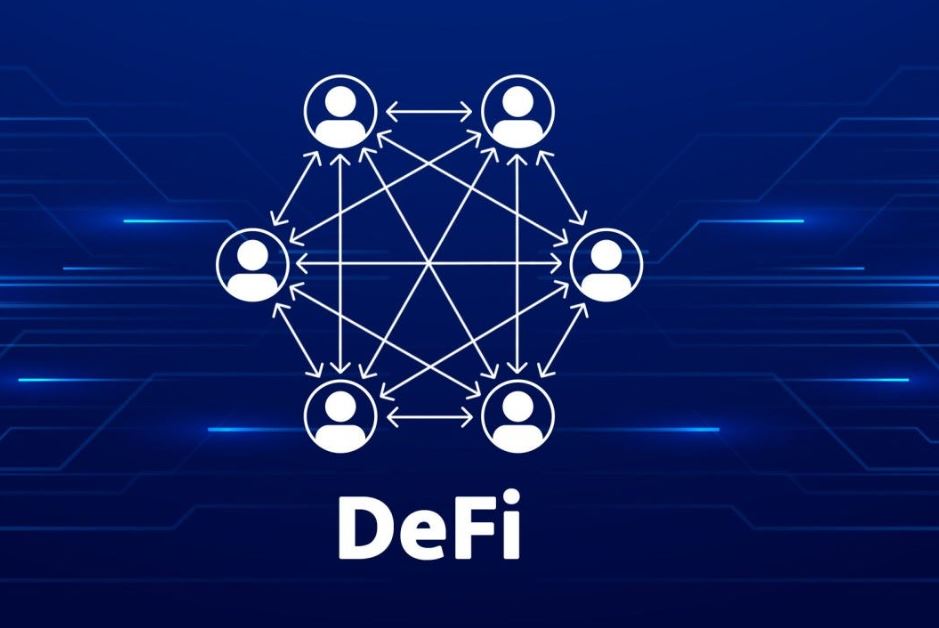Introduction
Decentralized finance (DeFi) and traditional finance represent two distinct paradigms in the financial world, each with its own set of characteristics, advantages, and challenges. DeFi, enabled by blockchain technology, offers a new approach to financial services that is decentralized, open, and accessible to anyone with an internet connection. To explore the intricacies of both decentralized finance (DeFi) and traditional finance further, including their characteristics, advantages, and challenges, visit the official site for comprehensive insights into these two distinct paradigms.
Understanding Traditional Finance
Traditional finance refers to the conventional financial system that relies on centralized institutions to facilitate transactions, manage funds, and enforce regulations. Banks play a central role in traditional finance, acting as intermediaries between savers and borrowers, facilitating payments, and providing financial services. Governments and regulatory bodies oversee and regulate the financial system, ensuring compliance with laws and regulations.
One of the key characteristics of traditional finance is its centralized nature, where decision-making and control are concentrated in the hands of a few institutions. While traditional finance has provided stability and security to the global economy, it also faces challenges such as high barriers to entry, lack of transparency, and susceptibility to fraud and corruption.
Exploring Decentralized Finance (DeFi)
Decentralized finance (DeFi) represents a paradigm shift in the financial industry, leveraging blockchain technology to create an open, transparent, and accessible financial system. DeFi platforms are built on blockchain networks like Ethereum, which enable the creation of smart contracts—self-executing contracts with the terms of the agreement directly written into code.
Key features of DeFi include open access, allowing anyone with an internet connection to participate in financial activities, and transparency, where transactions are recorded on a public blockchain for anyone to verify. Examples of popular DeFi platforms include decentralized exchanges (DEXs) like Uniswap, lending protocols like Compound, and stablecoins like DAI.
Comparative Analysis: Key Differences
Governance Structure: Traditional finance is characterized by centralized decision-making, where banks, governments, and regulatory bodies dictate the rules and policies of the financial system. In contrast, DeFi operates on decentralized governance models, where decisions are made by the community through voting mechanisms.
Accessibility and Inclusivity: Traditional finance often imposes high barriers to entry, such as minimum account balances, credit checks, and geographic restrictions. DeFi, on the other hand, is open and accessible to anyone with an internet connection and a compatible wallet, enabling financial inclusion for underserved populations.
Transparency and Trust: Traditional finance relies on trust in intermediaries such as banks and regulatory bodies to execute transactions and enforce contracts. DeFi, however, relies on trust in code and smart contracts, which are transparent and immutable, reducing the need for trust in third parties.
Innovation and Flexibility: DeFi has shown a remarkable ability to innovate rapidly, with new protocols and applications emerging regularly. Traditional finance, while innovative in its own right, often faces regulatory hurdles and institutional inertia that can stifle innovation.
Risks and Challenges
Regulatory Concerns: DeFi operates in a regulatory grey area, with regulators around the world grappling with how to classify and regulate these new financial instruments. Regulatory uncertainty poses risks to both users and developers in the DeFi space.
Security Risks: DeFi platforms are vulnerable to smart contract bugs, hacks, and other security breaches, leading to potential loss of funds. While developers are continuously improving security measures, the decentralized nature of DeFi makes it challenging to fully mitigate these risks.
Market Volatility: DeFi markets can be highly volatile, with prices of tokens and assets subject to rapid fluctuations. Liquidity issues can also arise, especially in times of market stress, leading to potential disruptions in trading and lending activities.
Adoption and Future Outlook
Current Adoption Trends: DeFi has seen exponential growth in recent years, with total value locked (TVL) in DeFi protocols surpassing billions of dollars. Institutional interest in DeFi is also on the rise, with major financial institutions exploring ways to integrate DeFi into their operations.
Potential for Disruption: DeFi has the potential to disrupt traditional finance by offering faster, cheaper, and more inclusive financial services. However, challenges such as scalability, regulatory uncertainty, and interoperability with traditional systems need to be addressed for DeFi to realize its full potential.
Challenges to Mainstream Adoption: Despite its growth, DeFi still faces challenges in achieving mainstream adoption. Issues such as user experience, regulatory compliance, and interoperability with traditional financial systems need to be addressed to attract a wider user base.
Regulatory Developments: Regulators are increasingly focusing on DeFi, with some countries introducing regulations to govern DeFi activities. How these regulations will impact the growth and development of DeFi remains to be seen, but they are likely to play a significant role in shaping the future of the industry.
Conclusion
In conclusion, decentralized finance (DeFi) represents a fundamental shift in the financial industry, offering a decentralized, transparent, and inclusive alternative to traditional finance. While DeFi has the potential to revolutionize the way we think about and interact with money, it also faces challenges such as regulatory uncertainty, security risks, and scalability issues. As the DeFi ecosystem continues to evolve, it will be essential for regulators, developers, and users to work together to address these challenges and unlock the full potential of DeFi.
Image Courtesy: medium
